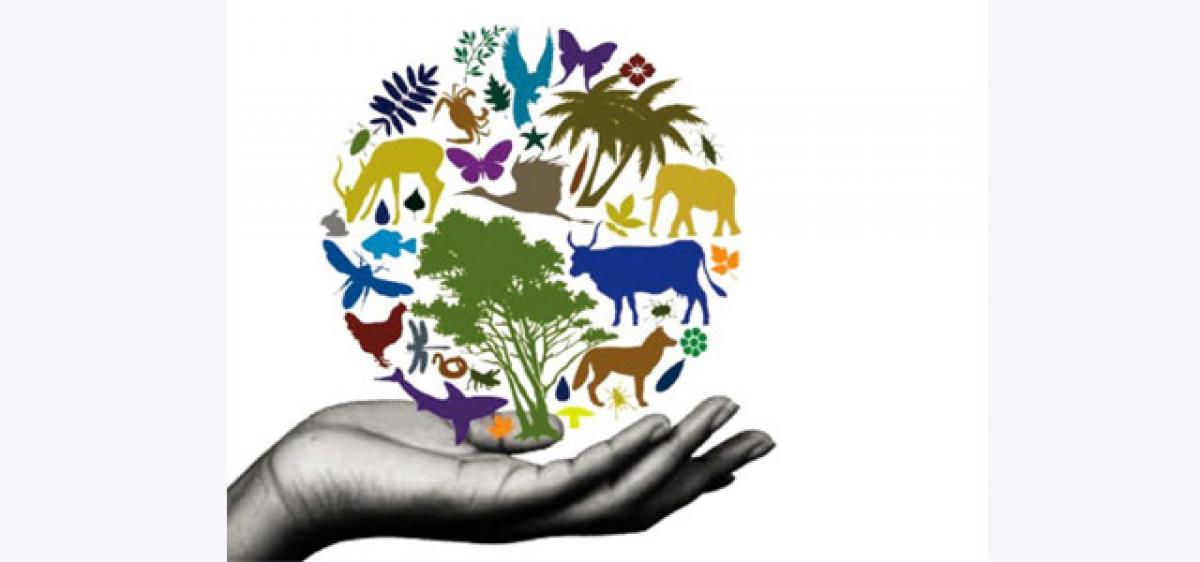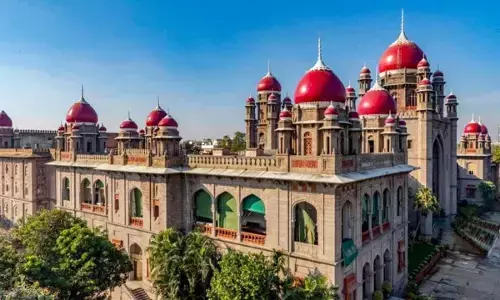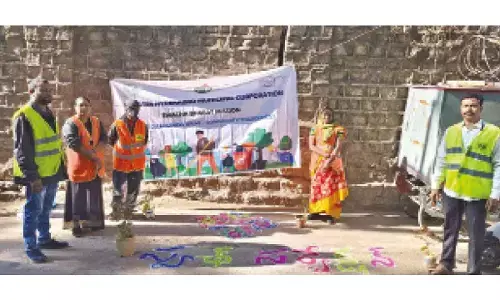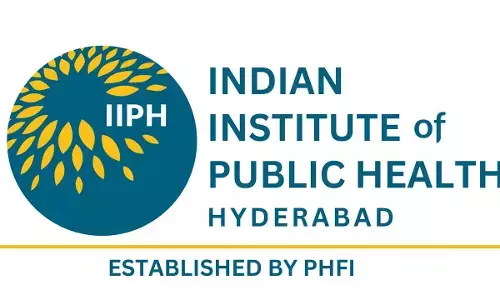Why Hotspots are important?

There are places on Earth that are both biologically rich — and deeply threatened. For our own sake, we must work to protect them. Species are the building blocks of Earth\'s life-support systems. We all depend on them.
There are places on Earth that are both biologically rich — and deeply threatened. For our own sake, we must work to protect them.
Species are the building blocks of Earth's life-support systems. We all depend on them.
But our planet’s “biodiversity,” the vast array of life on Earth, faces a crisis of historic proportions.
Development, urbanization, pollution, disease — they’re all wreaking havoc on the tree of life. Today, species are going extinct at the fastest rate since the mass extinction of the dinosaurs.
To stem this crisis, we must protect the places where biodiversity lives. But species aren’t evenly distributed around the planet. Certain areas have large numbers of endemic species — those found nowhere else. Many of these are heavily threatened by habitat loss and other human activities.
These areas are the biodiversity hotspots, 35 regions where success in conserving species can have an enormous impact in securing our global biodiversity.
The forests and other remnant habitats in hotspots represent just 2.3% of Earth’s land surface. But you’d be hard-pressed to find another 2.3% of the planet that’s more important.
What’s a Hotspot?
To qualify as a biodiversity hotspot, a region must meet two strict criteria:
- It must have at least 1,500 vascular plants as endemics — which is to say, it must have a high percentage of plant life found nowhere else on the planet. A hotspot, in other words, isirreplaceable.
- It must have 30% or less of its original natural vegetation. In other words, it must bethreatened.
Around the world, 35 areas qualify as hotspots. They represent just 2.3% of Earth’s land surface, but they support more than half of the world’s plant species as endemics — i.e., species found no place else — and nearly 43% of bird, mammal, reptile and amphibian species as endemics.
Conservation International was a pioneer in defining and promoting the concept of hotspots. In 1989, just one year after scientist Norman Myers wrote the paper that introduced the hotspots concept, CI adopted the idea of protecting these incredible places as the guiding principle of our investments. For nearly two decades thereafter, hotspots were the blueprint for CI’s work.
Today, CI’s mission has expanded beyond the protection of hotspots. We recognize that it is not enough to protect species and places; for humanity to survive and thrive, the protection of nature must be a fundamental part of every human society.
Yet the hotspots remain important in CI’s work for two important reasons:
- Biodiversity underpins all life on Earth. Without species, there would be no air to breathe, no food to eat, no water to drink. There would be no human society at all. And as the places on Earth where the most biodiversity is under the most threat, hotspots are critical to human survival.
- The map of hotspots overlaps extraordinarily well with the map of the natural places that most benefit people. That’s because hotspots are among the richest and most important ecosystems in the world — and they are home to many vulnerable populations who are directly dependent on nature to survive. By one estimate, despite comprising 2.3% of Earth’s land surface, forests, wetlands and other ecosystems in hotspots account for 35% of the “ecosystem services” that vulnerable human populations depend on.
Source: conservation.org




















